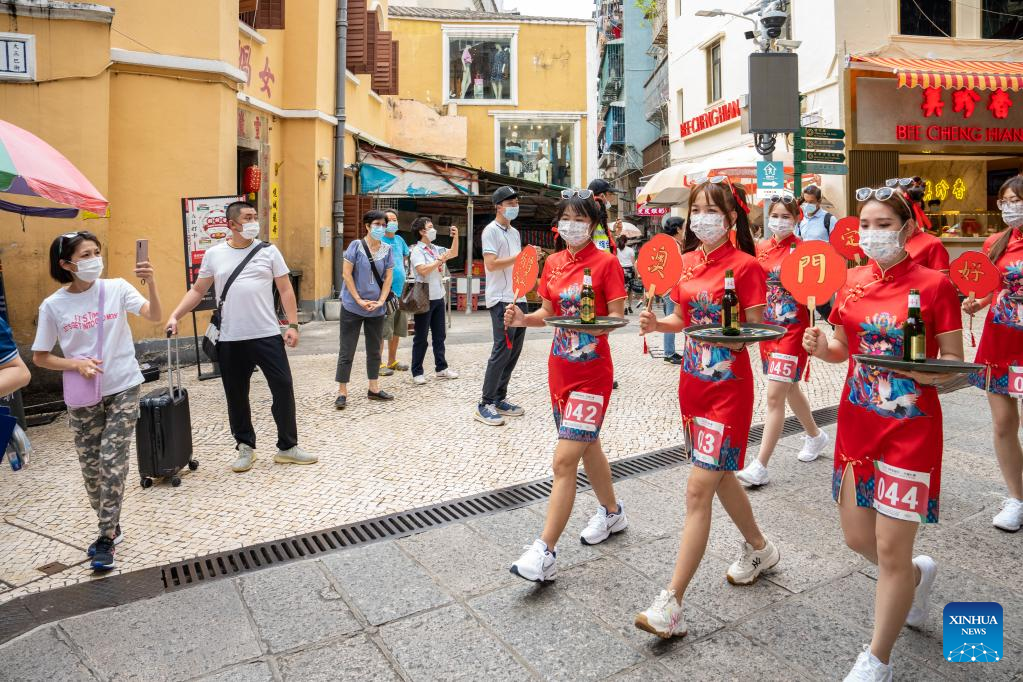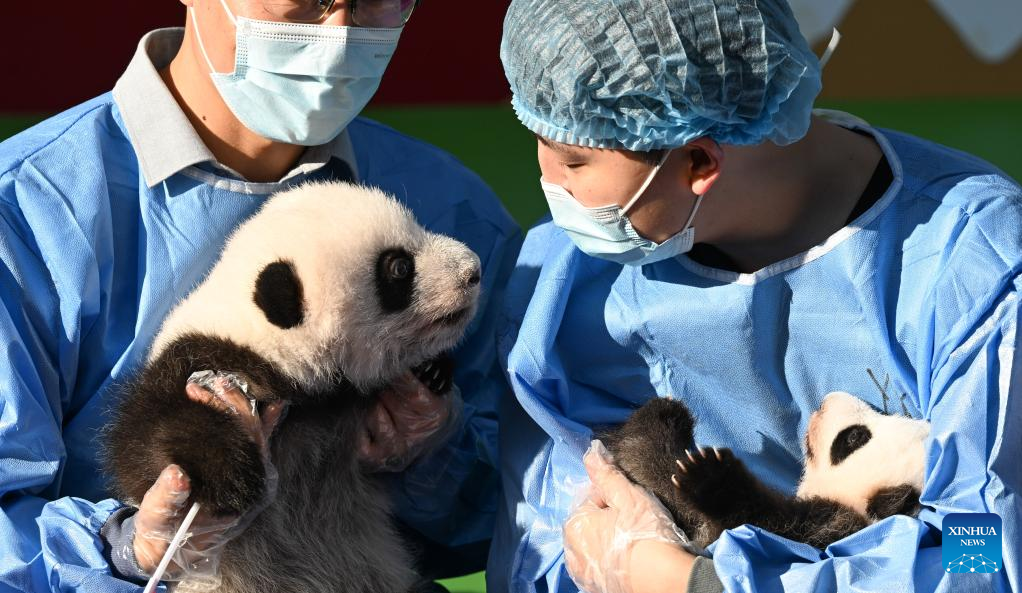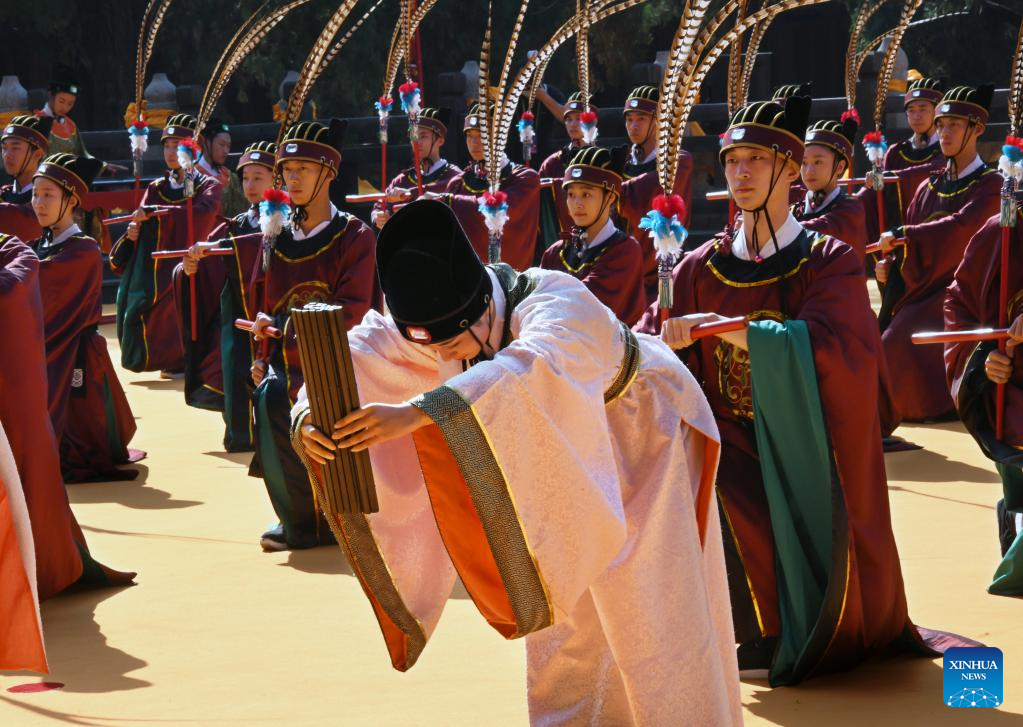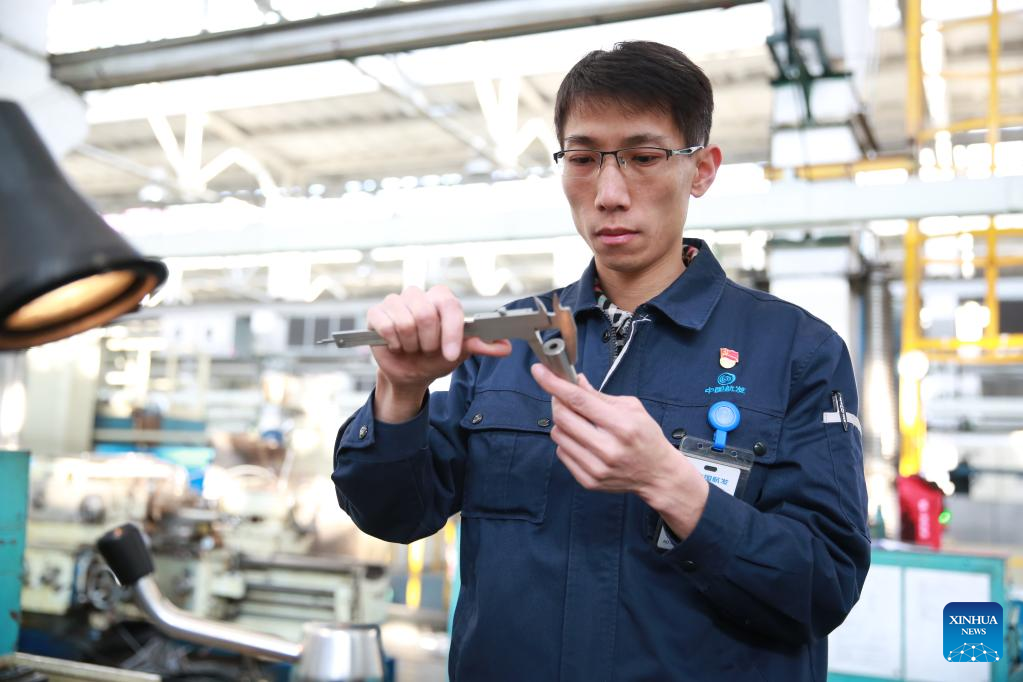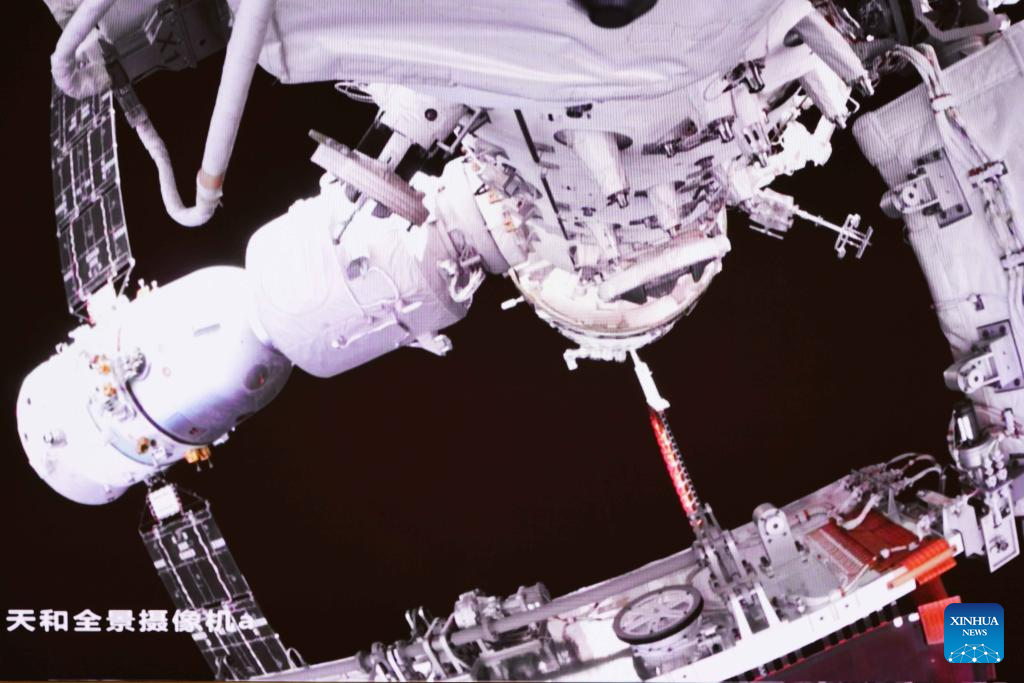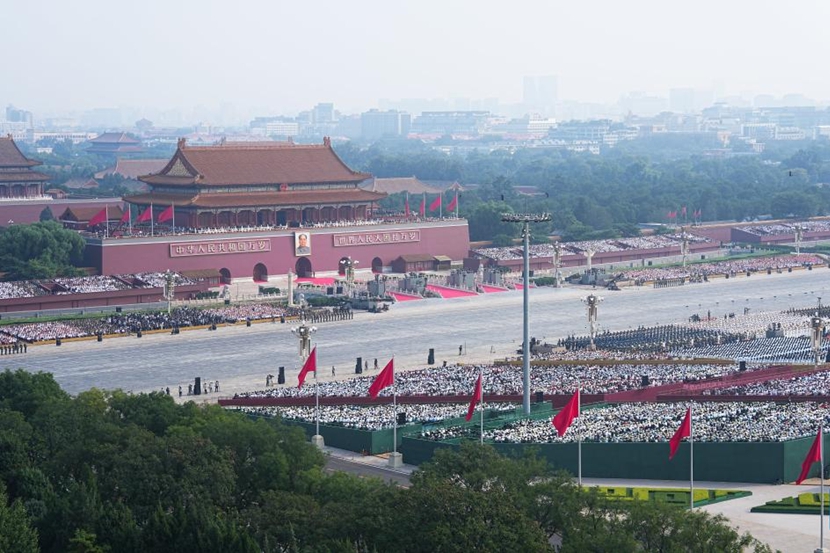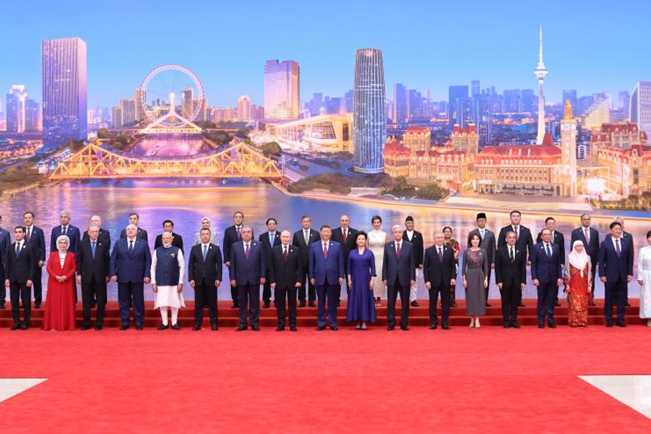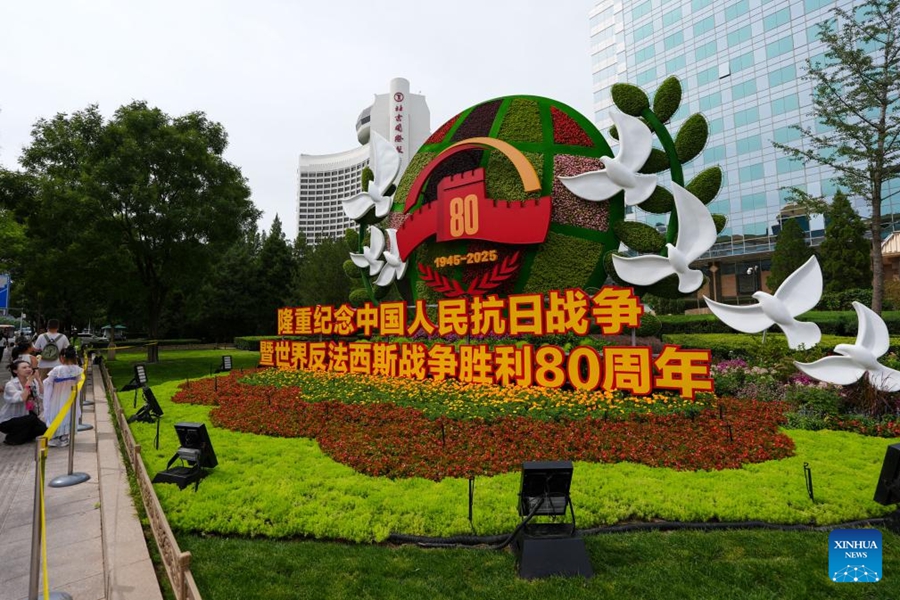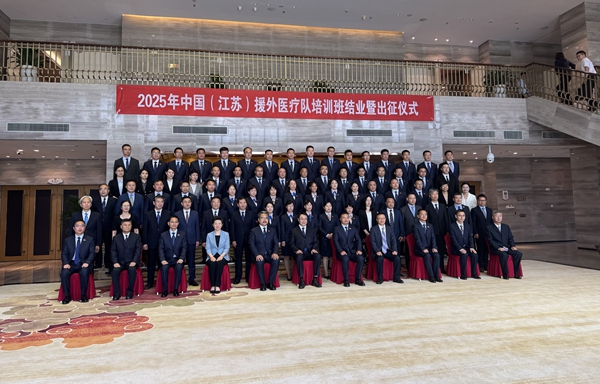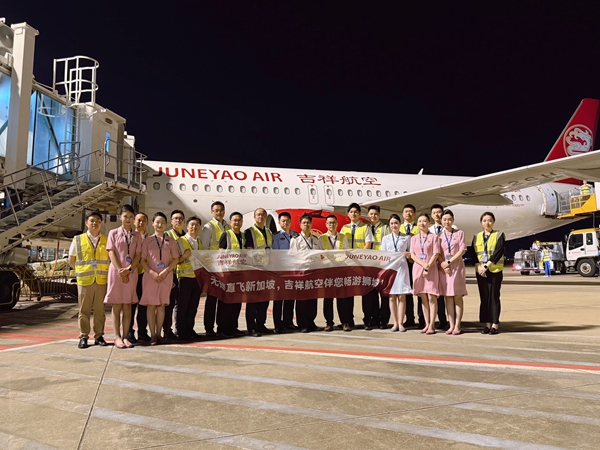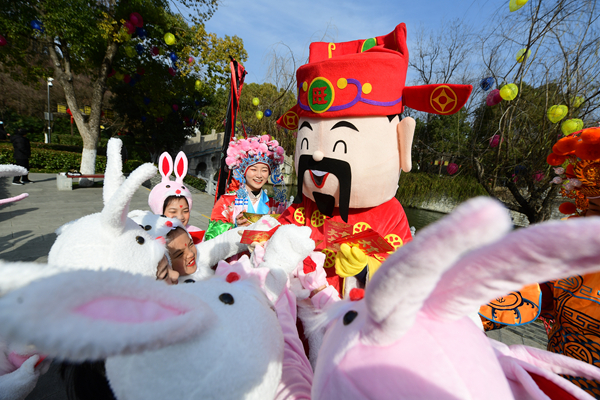
Jiangsu Province received 41.35 million visits during the seven-day Spring Festival holiday, up 21.8% year-on-year, with tourism revenue reaching 28.23 billion yuan, a growth of 20.6%, back to the pre-epidemic level in 2019.
In Nanjing, the Confucius Temple scenic area received 933,900 visits in the first five days of the holiday as many people came to appreciate the time-honored lanterns.
Many destinations in Jiangsu introduced measures to attract visitors. Wuxi City's 49 scenic spots allowed free entry starting on January 21, the eve of the Chinese Lunar New Year. Wuxi Zoo and Lingshan Scenic Area welcomed 16,508 and 23,000 visitors on the day, reaching record highs. In the first five days, Suzhou's Classical Gardens also received more than 760,000 visits.
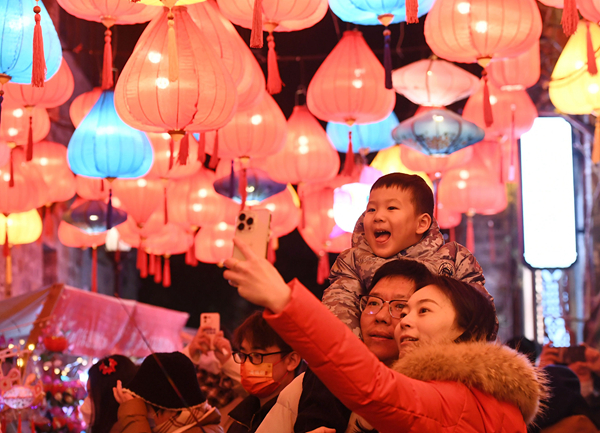
(CFP Photo)
In addition to lanterns, the spectacular lights and fireworks show also heightened the festival atmosphere. Jiangsu Garden Expo Park offered a drone show alongside with fireworks display on the evening of January 22, which helped increase the occupancy rate of the park's hotels to 73% on average.
Many decorations have featured rabbit as 2023 is the Year of the Rabbit. A giant rabbit design at Laomendong historical block in Nanjing quickly became an online sensation. The Oriental Metropolitan Museum and Nanjing Folk Museum also held exhibitions on relics and creations associated with the Chinese zodiac.
Another new development in the Spring Festival celebration is that more people have chosen to visit museums or cultural venues. From January 20 to 27, Suzhou Museum extended the opening hours to 8:00 pm, attracting more than 85,000 visits in six days.

